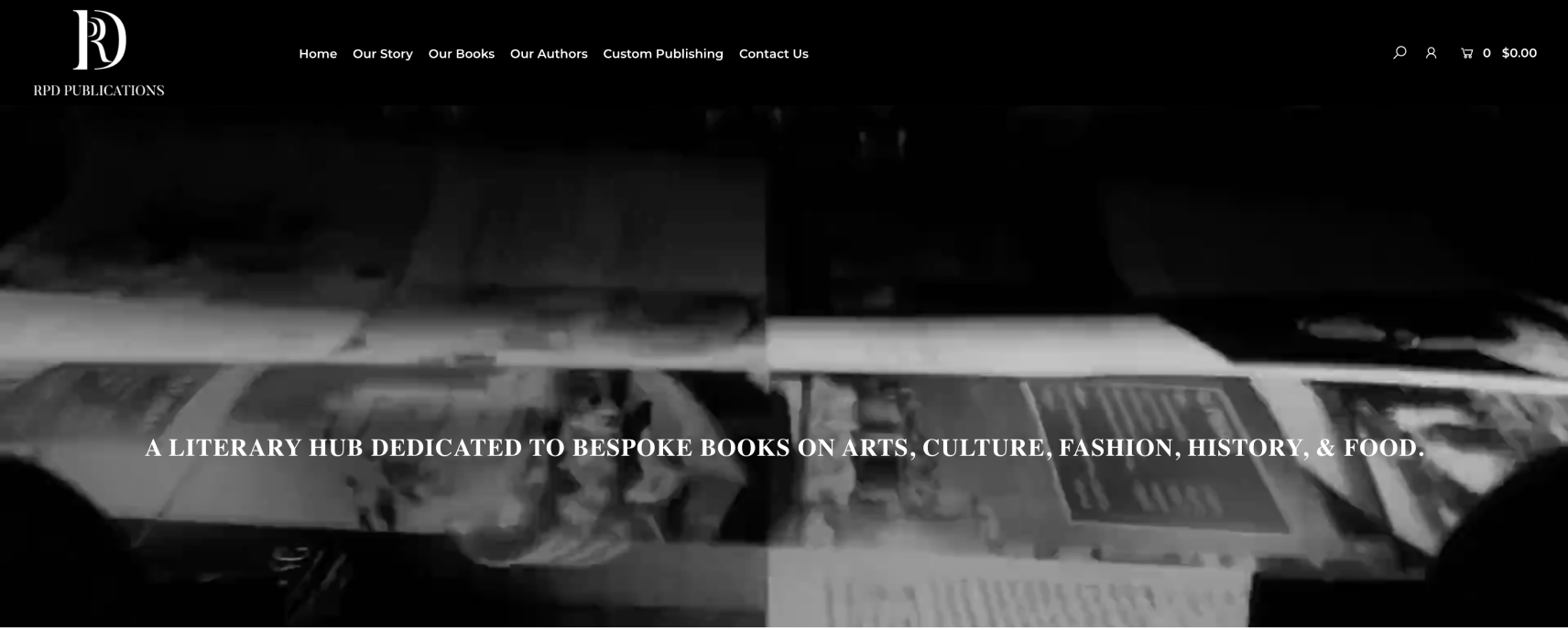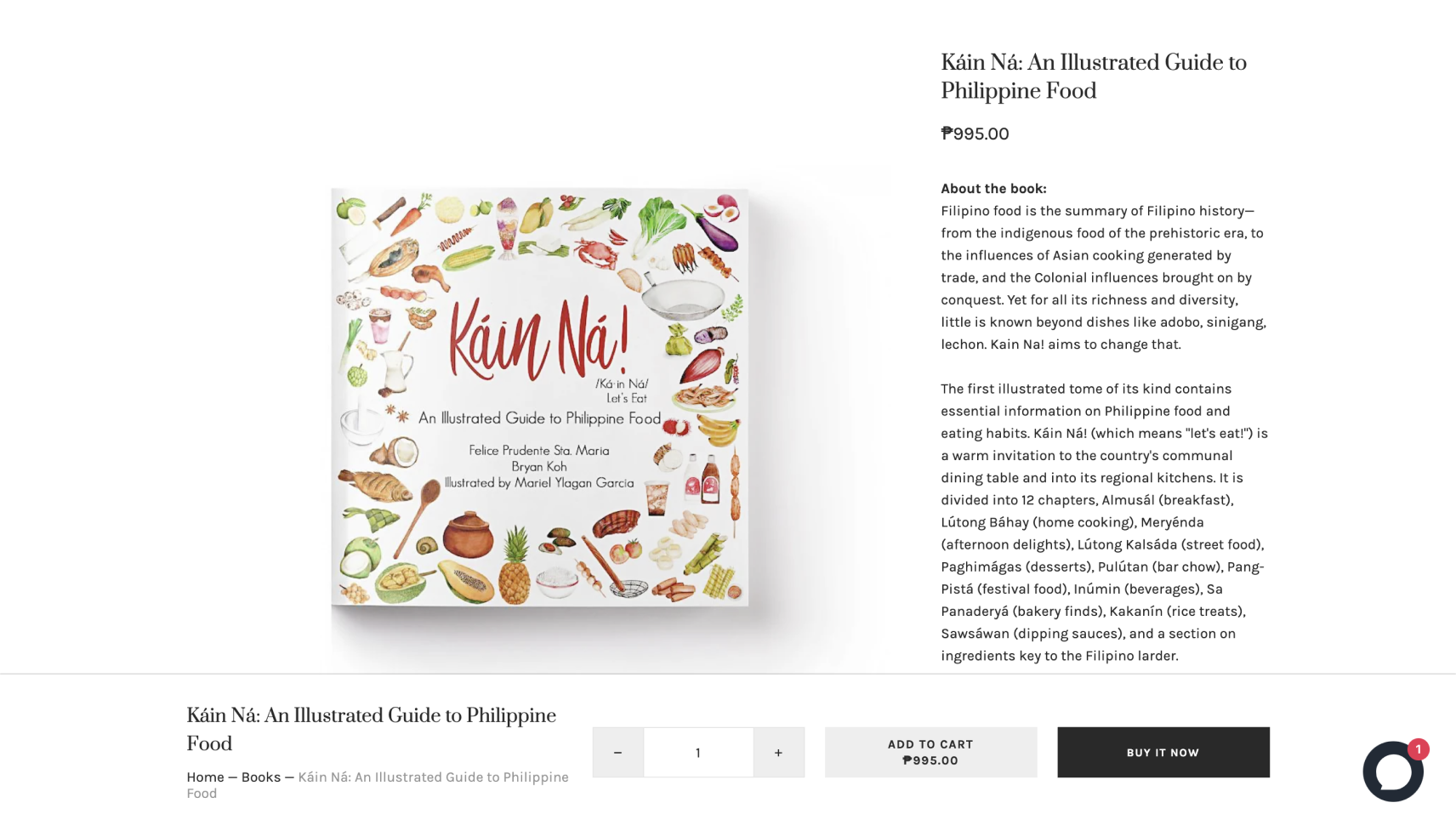Challenges
A publishing-industry competitor of our client opened an online store, gained an advantage, and improved its market position. To overcome this challenge, we had to offer an appropriate e-commerce solution.
The main difference between their business models was the client's custom publishing services. The competitor's store contained only a catalog of purchasable books. But the client's store should also have an exhibition section, with custom-published books and authors that are not available to buy.
The store should attract people who want to buy a book and engage customers who want to publish their books.
Another idea was to gather all articles and press features about the client and his published books on one page. It should show the media presence of the company and create social proof.
One of the primary aims was to get a high return-on-investment ratio for the project. It should allow compensation for the early store start of the competitor and increase profit shortly.
Solutions
To achieve high ROI, we had to define the appropriate development strategy. Usually, the most time and resources consuming part of Shopify development projects is a custom design implementation. Depending on the complexity, theme development can take up to 250 hours; also, the design can take comparable time. So, we looked for a way to decrease the design and development time without quality degradation.
Since Shopify has various highly customizable and pre-vetted themes, we decided to use one of these templates. In this way, it's possible to skip the design phase and enormously reduce development time, maintaining the high quality and unique look simultaneously.
What we did
We chose the Icon theme with Christian style; it is a good fit for the bookstore and has enough features and customization options.
We created a development store, installed the theme, transferred the store to the client's account, connected a domain, uploaded text, photo, and video content provided by our client, and connected FedEx as a shipping provider.
For the custom publishing section, the decision was to use standard product functionality with a custom product template. We duplicated the current product template and removed all purchasing features from it so that the client can manage all of the publishing portfolios as simple as general products.
For the press and media page, we created a custom page template built with sections so that the client can manage each publication as a section block through a standard theme customization interface.
Homepage

Collection Page

Product Page

Methodology
We used a waterfall methodology for the development process. One of our developers collaborated with a QA engineer and a project manager. The PM was in contact with the client, provided regular status updates, and transferred requirements to the developer. For process tools, we used Jira and Git.


